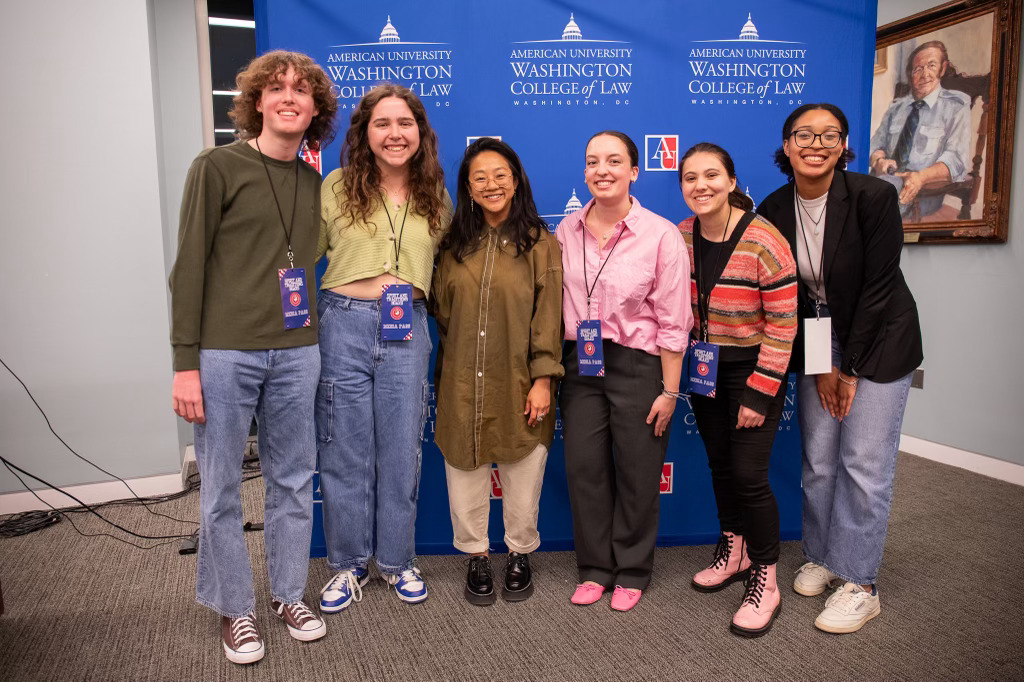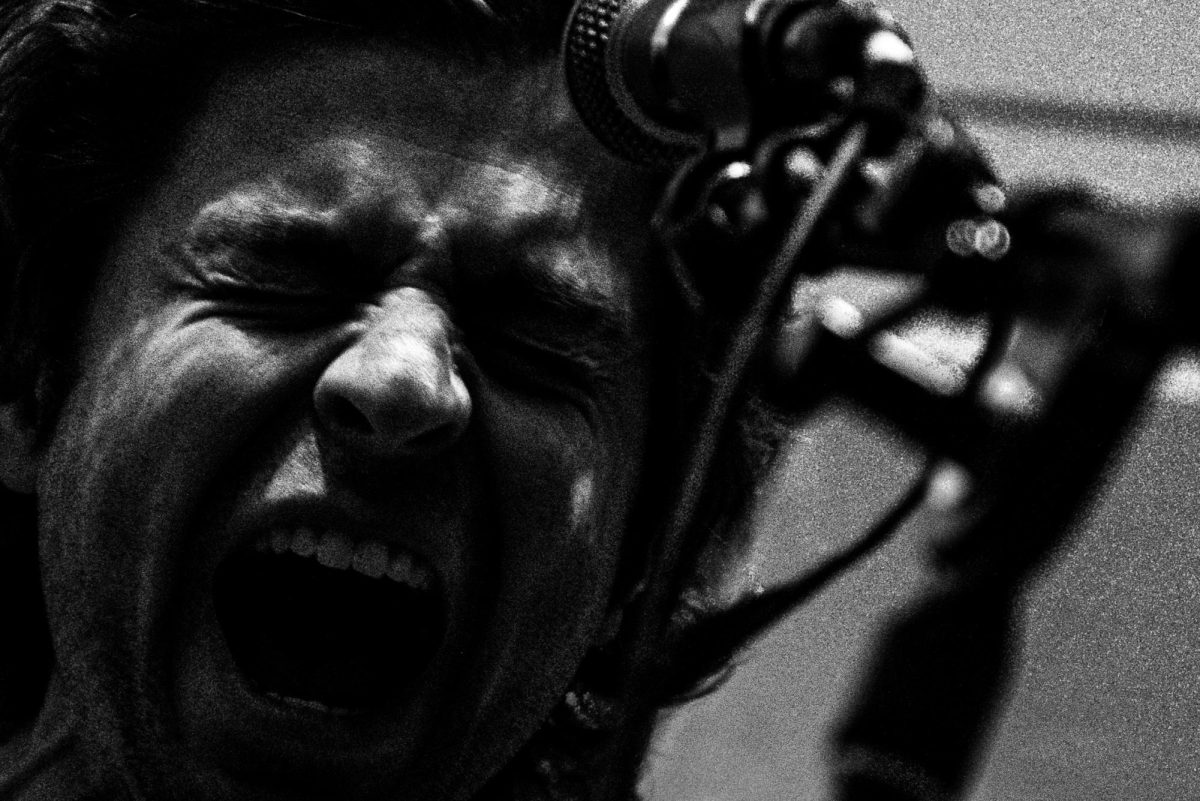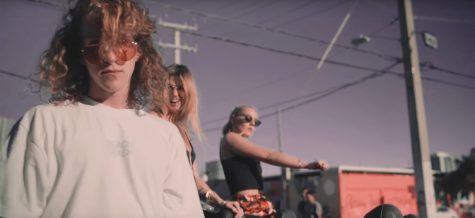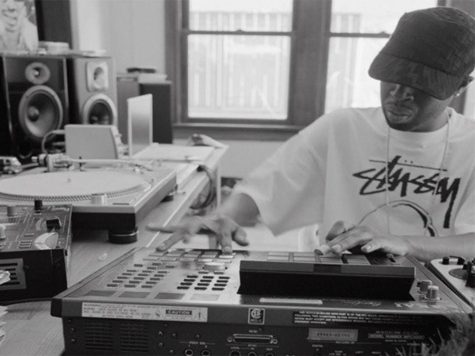Pop Exodus: The Art of the Sad Pop Song
January 26, 2015
 Courtesy of Pop Dust.
Courtesy of Pop Dust.
John Legend’s “All of Me” placed third in Billboard’s Hot 100 in 2014. “Stay with Me” by Sam Smith was number 10 and A Great Big World’s “Say Something” made it into the top 20. Although a huge number of Sad Pop didn’t make it into the Hot 100 this year, those that did made it to the top.
When I think of pop music and its defining qualities, I tend not to focus on its sad parts. I usually think of something pristinely sweet with a hint of a bite under its cracked, sugar surface. I imagine emotions drowned in layers of synth and pre-recorded confection, punchy and defensive, surrounded by thick armor.
I don’t imagine a bare voice, ripped apart by the vulnerability of its own feelings, bleeding into my earbuds. But that’s what sad songs are, really. And it’s not like The People don’t want this, at least not based on the charts (to be fair, a very stilted measure of what The People want).
Even though Pop doesn’t expect sad songs to happen (no one can dance to a sad song!), they inevitably will. There’s a hunger in most humans to definitively not be cheered up, to experience sadness vicariously through the words – and songs – of others.
To understand the essence of the Sad Pop Song, one must first break it into all its sad parts. Let’s take Sad Song Extraordinaire, Adele’s “Someone Like You.Û
Absolutely key to the sad pop song is the intro. The intro signifies that the audience is, in fact, listening to a song that will not force them into spontaneous head-bobbing or foot-tapping.
Therefore, most sad pop songs start with the tried and true “Solo Piano with No Other Instruments Backing Them.” The piano intro is generally a tempered fade-in of a few choice chords sure to dominate the rest of the song.
Remember: a sad song does not need to be slow to be sad. Movement, in fact, is just as important as stagnation, as Adele so accurately demonstrates. She runs through the chords of the piano, unfettered by other lesser instruments to let her soulful voice ring through.
Speaking of soulful voices, the next chronological step in the sad pop song is the insertion of the lead singer’s vocals. The vocals of the sad pop singer need to be clear as day, unhidden by the ever unattractive obvious auto-tune. The voice itself is “raw” but also “tonally perfect.Û
The melody needs to be simple enough that entire bars full of drunk people can sing along to it on Karaoke Tuesdays – preferably a four chord progression in a minor key; how else are we supposed to know that the song isn’t about our great relationship with BAE? For this reason, repetitive choruses are key: “Never mind I’ll find someone like youuuuuuuu.Û
While Adele doesn’t actually employ the next step (the right to which she certainly deserves), I want us to look to the example of fellow 2010 songstress Christina Perri’s “Jar of Hearts.” As you can hear, the song begins much the same as “Someone Like YouÛ: slow piano chords, Christina’s voice cutting through to spin a sad tale of a tough breakup.
Unlike “Someone Like You,” however, “Jar of Hearts” features the longing wail of several strings around the second half of the first verse, which continue with the build up of the song until the end, where at some point they inevitably drop off to reveal the broken soul of the singer and the piano, plunking out a few more notes to be haunted by an eerie silence.
But we’re getting ahead of ourselves here! The two songs converge in style around the second verse, when harmonies come in. The harmonies are most vital during the bridge, the emotional high point for sad pop songs. Harmonies are very important because they add layers to the song, both literal and figurative. Also, they’re great for high school chorus concerts.
Last but not least, we reach the climatic end of the song. As previously mentioned, all other layers of the song drop away to rest tepidly under the last lines of the final chorus. All is silent but the near-dead air and a wavering note, perhaps a reverb off the piano.
The listener wipes away their tears as their iTunes progresses to a newer, happier song. While their frontal lobes may be distracted by the synthetic strains of the most recent Kelly Clarkson single (it’s amazing, by the way), the sad pop song resonates within them.
Whenever they need a good drunk cry, its combination of nostalgia and vulnerability will draw the listener in, pleading for the haunting sounds of Adeles everywhere. Luckily for you all, I’ve created a playlist of some of my favorite sad pop songs ( listen here).













